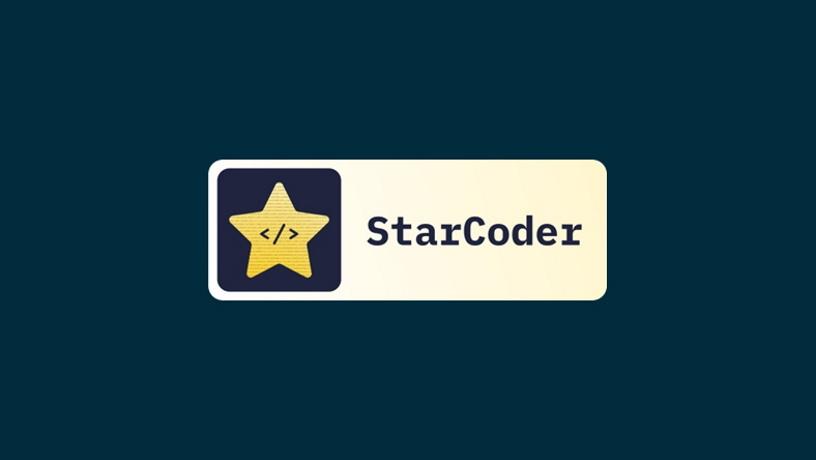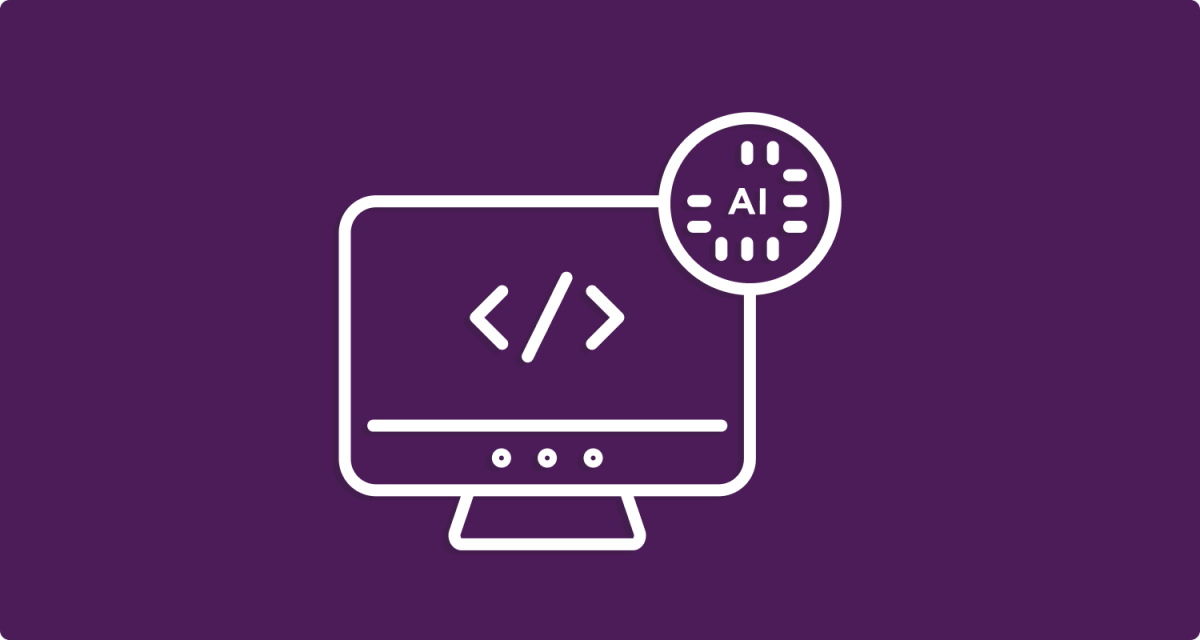Coding can feel like a mountain on some days. Maybe you're stuck on syntax, or perhaps you're juggling too many files at once. Whatever it is, wouldn't it be nice to have a helpful little sidekick who just gets it? That’s where a coding assistant built with StarCoder can come in—and trust me, once you try it, you’ll wonder how you ever coded without it.
StarCoder isn't just another AI model floating around. It has been trained with actual code from GitHub, so it understands the patterns, logic, and structure that programmers rely on. And that makes it the perfect foundation for a tool that can write, explain, debug, and even refactor code while staying out of your way. Let’s break down what it takes to build one.
What Is StarCoder and Why Does It Work So Well?

At its core, StarCoder is a language model designed specifically for code. It’s trained on over 80+ programming languages and knows how to complete code blocks, generate entire scripts, and explain what’s going on behind the scenes. What makes it extra helpful is that it doesn’t just guess—it predicts in a way that feels intuitive.
If you’ve ever used autocomplete in your editor, think of StarCoder as that, but smarter and way more detailed. It doesn't just finish lines; it finishes your thoughts. And the best part? You’re not locked into one language or tool. Whether you're into Python, JavaScript, C++, or even Bash scripts, StarCoder can keep up.
Step-by-Step: Building Your Own Coding Assistant
You don't have to be a machine learning engineer to begin. If you know basic Python and can install an environment, you're halfway there. Here's how to progress from zero to a functional assistant that can run locally or in the cloud.
Step 1: Set Up the Environment
Before anything else, you’ll need a space for your assistant to live. A fresh Python virtual environment keeps things clean and avoids package conflicts.
- Create a new directory and navigate into it.
- Set up a virtual environment:
bash
CopyEdit
python3 -m venv assistant-env
source assistant-env/bin/activate
- Install the basics:
bash
CopyEdit
pip install torch transformers
You’re not doing anything fancy yet, but this gets all the gears ready.
Step 2: Load the StarCoder Model
Now for the good stuff. You’ll be using Hugging Face’s Transformers library, which makes model loading refreshingly simple.
python
CopyEdit
from transformers import AutoModelForCausalLM, AutoTokenizer
model_name = "bigcode/starcoder"
tokenizer = AutoTokenizer.from_pretrained(model_name)
model = AutoModelForCausalLM.from_pretrained(model_name)
This might take a few minutes depending on your setup, but once it’s done, your assistant’s brain is ready.
Step 3: Add a Function to Generate Code
Now it’s time to give your assistant the ability to respond. Think of this as its way of thinking out loud.
python
CopyEdit
import torch
def generate_code(prompt, max_tokens=200):
inputs = tokenizer(prompt, return_tensors="pt")
outputs = model.generate(
inputs["input_ids"],
max_new_tokens=max_tokens,
do_sample=True,
top_k=50,
top_p=0.95,
temperature=0.8
)
return tokenizer.decode(outputs[0], skip_special_tokens=True)
This function takes in your question or comment, feeds it to the model, and returns the response in plain text. It’s fast, readable, and surprisingly accurate.
Step 4: Add a Basic Interface
You can keep things simple with the command line, or add a quick UI using gradio if you want something friendlier. Here's how to do it with Gradio:
bash
CopyEdit
pip install gradio
Then:
python
CopyEdit
import gradio as gr
def respond_to_input(prompt):
return generate_code(prompt)
gr.Interface(fn=respond_to_input, inputs="text", outputs="text", title="StarCoder Assistant").launch()
Once this runs, you’ll get a web-based tool where you can write prompts like:
- “Write a Python function that sorts a list.”
- “Explain what a decorator does.”
- “Fix this bug in my JavaScript loop.”
And the answers? Clean, readable, and almost eerie in how accurate they are.
How Useful Is It in Real Projects?

A coding assistant isn't just for beginners. Even experienced developers benefit from it, especially during late nights or on tight deadlines. From writing boilerplate to suggesting test cases, StarCoder can cut hours off your routine work.
One overlooked bonus? It can help you learn. If you’re switching languages or diving into a new framework, you can ask it to show examples, explain syntax, or convert code from one language to another. It’s like having a tutor who never gets tired.
That said, always give the output a once-over. The model is smart, but it’s not immune to occasional hiccups. Think of it as a very sharp junior developer who still needs your final review.
Where Should Your Assistant Live?
Running StarCoder locally is doable, especially if you have enough RAM and a decent GPU. But for longer sessions or larger prompts, hosting it in the cloud can smooth things out. Services like Hugging Face Spaces or a custom Docker setup on AWS or GCP can help if you plan to scale or collaborate.
Just keep in mind the size of the model. It's not a lightweight one, and you'll need to factor that in when choosing where to deploy.
Cloud options also make it easier to integrate with teams or plug into existing workflows. On the other hand, local setups give you full control over performance and privacy.
Wrapping Up
So here’s the deal: building your own coding assistant with StarCoder isn’t some complicated project that takes weeks. With a few lines of code, you can have a tool that helps you debug, explain, and write better code—right when you need it. You’re not outsourcing your job. You’re just cutting out the extra typing and second-guessing, and that’s something every developer could use more of.
Give it a spin, tweak it how you like, and see what it adds to your workflow. You might be surprised at how much smoother things feel once you’ve got a smart little helper by your side.












